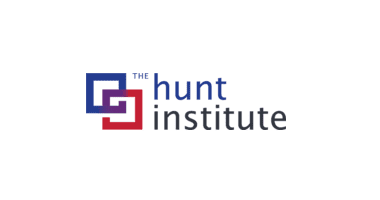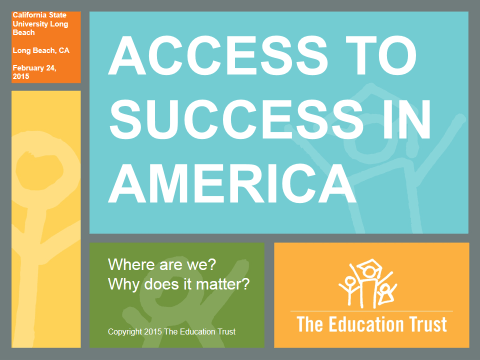3 Ways States Can Improve Degree Attainment for Blacks and Latinos
In the U.S., if you are Black, you are two-thirds as likely to hold a college degree as someone who is White; if you are Latino, you are half as likely. While there have been gains in degree attainment since 2000 (9.1 percentage points for Black adults and 7.2 percentage points for Latino adults), the rate of growth for White adults continues to outpace both groups. Part of the reason gaps aren’t closing is because policies lack any intentionality in addressing equity and supporting student populations to graduation. Meanwhile, many states continue to ignore the very real racial and ethnic barriers to earning a college degree. Without intentionality, states will not close these gaps.
Ed Trust has released two briefs examining degree attainment for Black and Latino adults (25-64 years old) in the United States. This two-part project is the first in “The State of Higher Education Equity” series, which shines a spotlight on higher education equity in the 50 states and calls on policymakers and advocates to take action to advance equity in terms of race, ethnicity, and income. Our findings demonstrate that we need to make significant intentional investments in education and improve on student success and completion to increase degree attainment and to close gaps.
Thankfully, there are steps that state leaders can take to close gaps and improve degree attainment for all residents, such as:
- Setting specific degree attainment goals for racial subgroups, using current attainment levels of the relevant subgroups as a baseline, developing strategies to increase the rates of attainment among underrepresented, establish interim benchmarks for racial subgroups, track their progress over time, and hold institutions, educators, and others involved in achieving state attainment goals accountable
- Making the necessary investments in higher education to ensure that it is affordable for those who struggle the most to pay and remains accessible to returning adults
- Investing in completion and innovation strategies that incentivize institutions to re-evaluate practices (e.g., remediation approaches), policies (e.g., credit accumulation requirements), and charges (e.g., transcript fees); identify the impact on low-income students and students of color; and strive to adopt reforms and remove unnecessary barriers to enrollment and completion
Given what we know about the value of a higher education for families, communities, and a thriving economy, all states need to act with deliberate haste to close these gaps and increase college degree attainment among every group. We hope this work will encourage advocates, legislatures, governors, and institutions to engage in this difficult work to close attainment gaps. We also hope this work will propel state leaders to make strategic investments in higher education that address these gaps and implement and adopt strategies that increase attainment for those residents who are being left behind.









